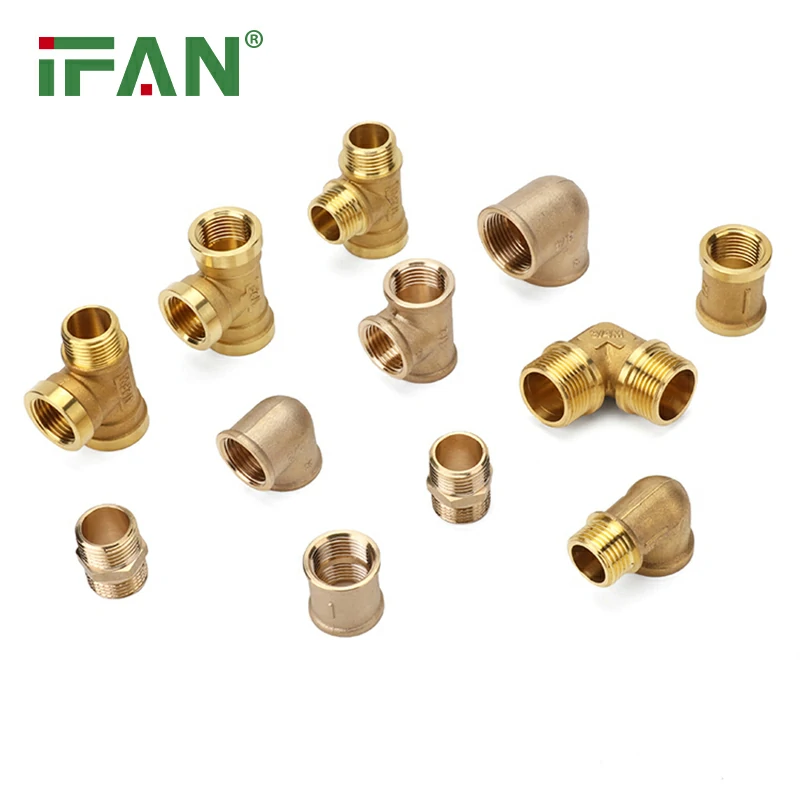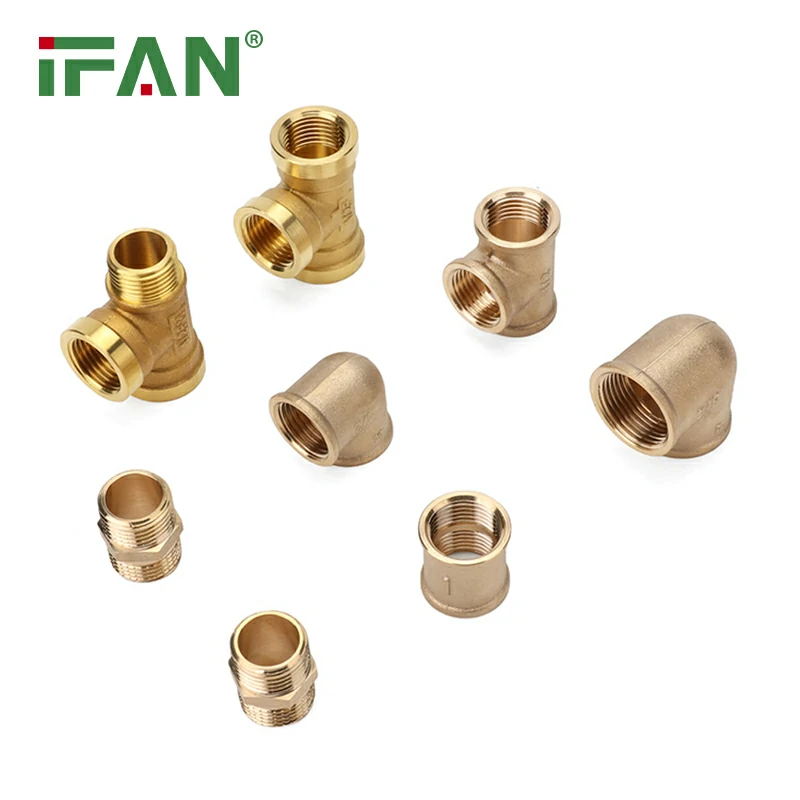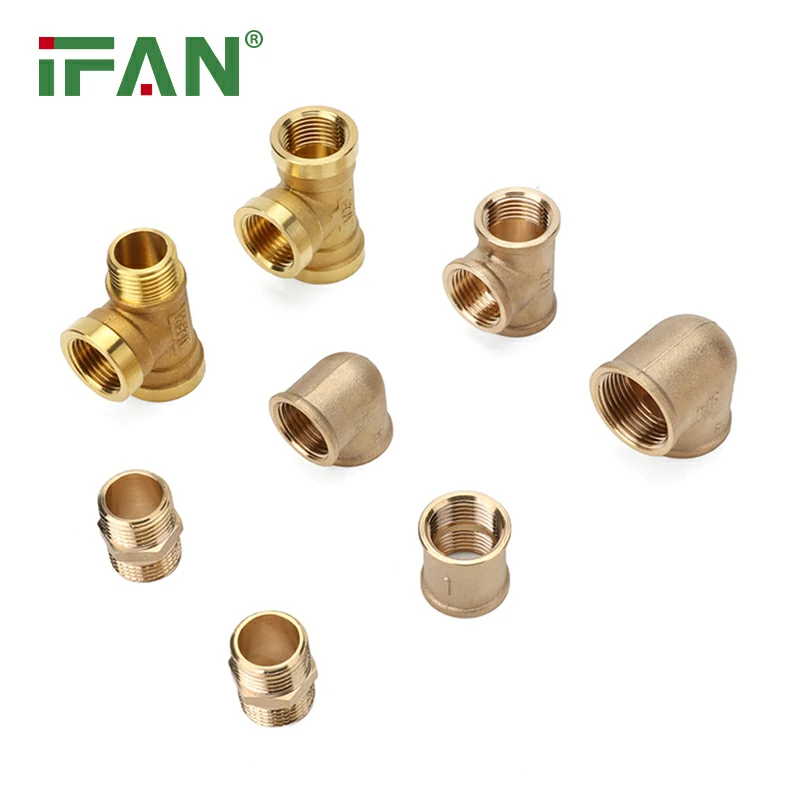IFAN factory 30+ years manufacture experience support color /size customization support free sample.Welcome to consult for catalog and free samples.This is our Facebook Website:www.facebook.com,Click to watch IFAN’s product video.Compared with Tomex products, our IFAN products from quality to price are your best choice, welcome to buy!
Installation Guide for PEX Sliding Fittings
PEX sliding fittings are favored for their simplicity and effectiveness in various plumbing systems. Proper installation is crucial for ensuring the performance and reliability of these fittings. This guide provides a comprehensive overview of the installation process, including preparation, assembly, and testing.
1. Preparation of PEX Tubing and Fittings
Before beginning the installation of PEX sliding fittings, proper preparation of both the PEX tubing and the fittings is essential. Start by cutting the PEX tubing to the desired length using a PEX cutter to ensure a clean, straight cut. It is important to avoid using saws or other cutting tools that may deform the tubing. After cutting, inspect the tubing for any burrs or irregularities, and use a deburring tool to smooth the edges if necessary. Similarly, ensure that the sliding fittings are clean and free from any debris or damage before installation. Proper preparation prevents leaks and ensures a secure connection.
2. Sliding the Fitting onto the Tubing
The core advantage of PEX sliding fittings is their ease of installation. To begin, insert the end of the PEX tubing into the sliding fitting. Push the tubing firmly into the fitting until it reaches the end of the fitting’s internal mechanism. Some fittings may have a depth mark or indicator to ensure proper insertion depth. Ensure that the tubing is fully seated within the fitting and that there is no gap between the tubing and the fitting. For added security, verify that the tubing is inserted straight and not at an angle, as misalignment can lead to leaks or fitting failure.
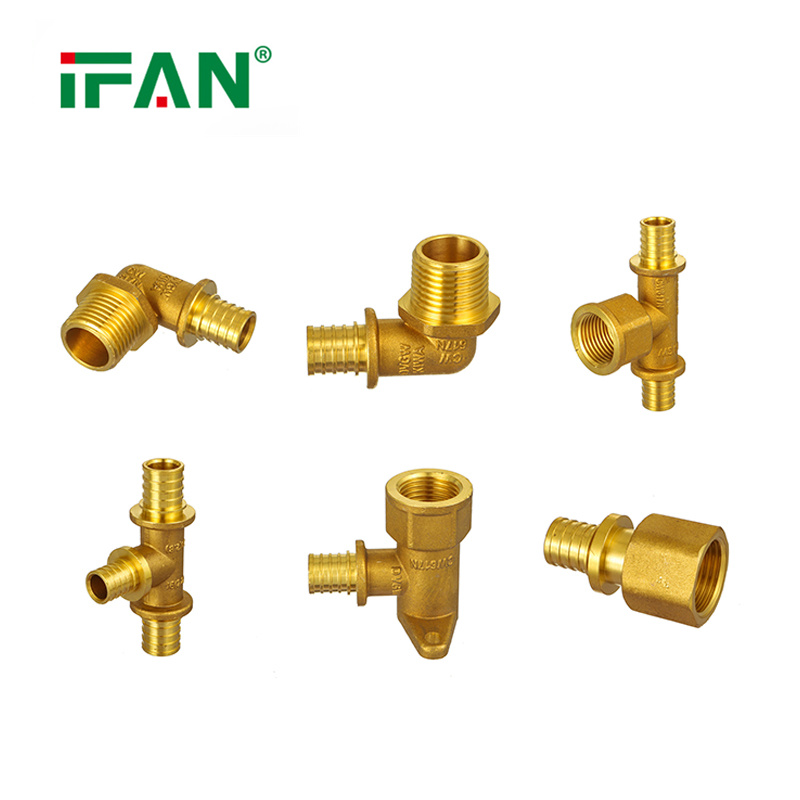
3. Securing the Connection
After inserting the tubing into the sliding fitting, it is essential to secure the connection. Most PEX sliding fittings feature an internal locking mechanism or compression ring that holds the tubing in place. Depending on the type of fitting, you may need to tighten a nut or lock the fitting into place using a specific tool. Follow the manufacturer’s instructions regarding the appropriate tightening method and torque settings if applicable. Proper securing of the connection ensures that the fitting does not come loose under pressure and maintains a leak-proof seal.
4. Testing for Leaks
Once the installation of PEX sliding fittings is complete, testing for leaks is a critical step. Before turning on the water supply, inspect all connections visually to ensure they are properly installed and secure. Once you start the water flow, carefully check each fitting for signs of leakage. Look for any water dripping or seeping around the connections. If leaks are detected, you may need to tighten the fittings further or disassemble and reassemble the connections to correct any issues. Conducting a thorough leak test helps to avoid future problems and ensures the integrity of the plumbing system.
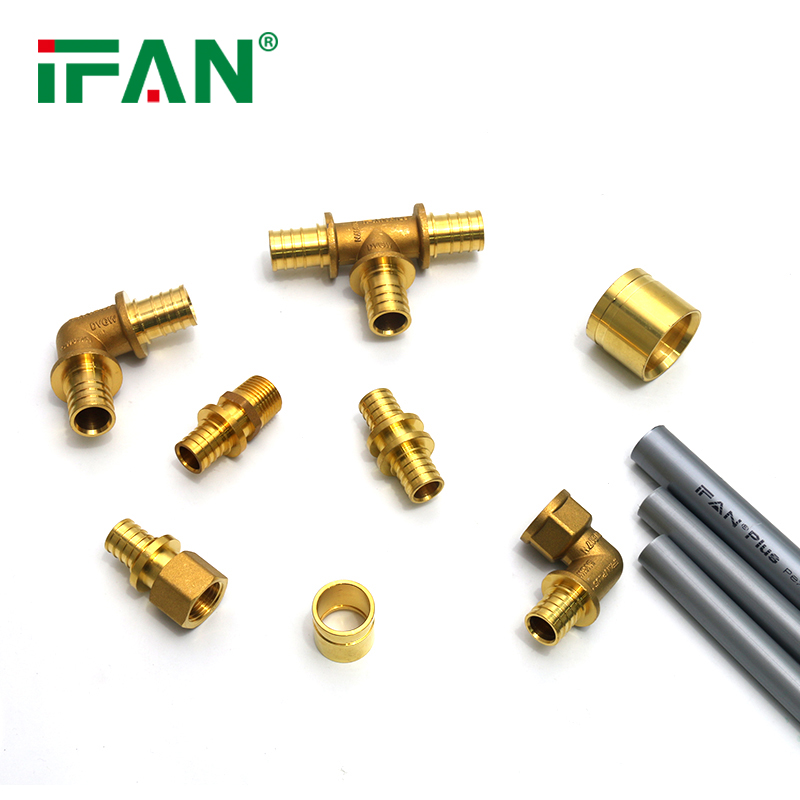
5. Final Adjustments and Inspections
After testing, perform a final inspection of the entire plumbing system. Ensure that all fittings are securely installed and that the tubing is correctly routed without kinks or excessive bends. Make any necessary adjustments to optimize the system’s performance. It is also a good practice to review the installation process and ensure that all components comply with local building codes and standards. Proper final adjustments and inspections contribute to a well-functioning and reliable plumbing system.
Conclusion
Installing PEX sliding fittings involves several key steps to ensure a successful and reliable outcome. By carefully preparing the tubing and fittings, properly sliding the fittings onto the tubing, securing the connections, and conducting thorough leak tests, you can achieve a secure and efficient plumbing system. Following these installation guidelines helps to maximize the performance of PEX sliding fittings and ensures long-term reliability in your plumbing setup.

